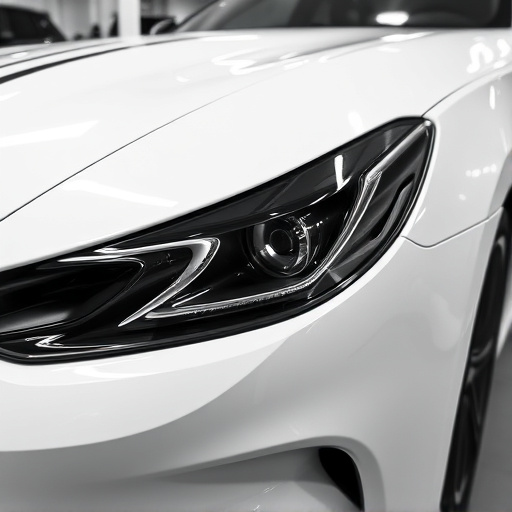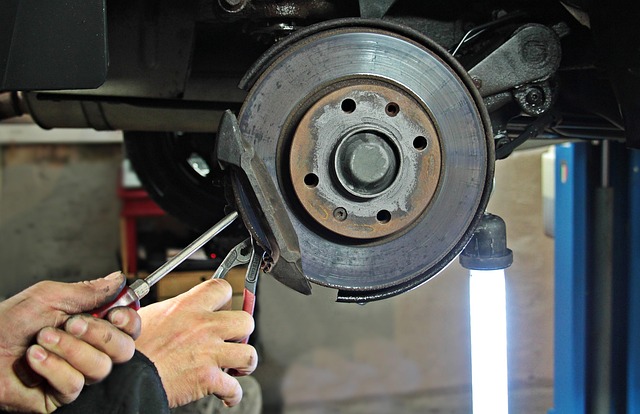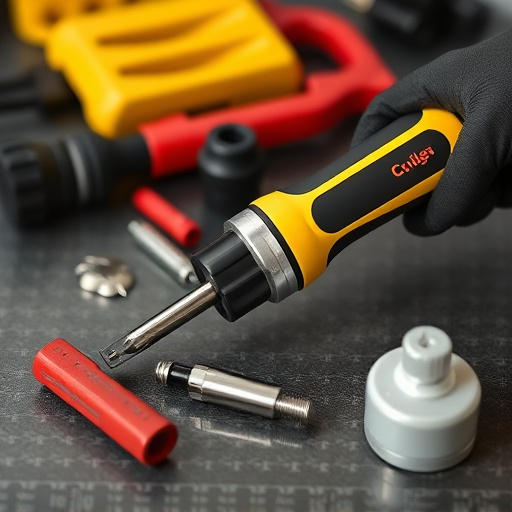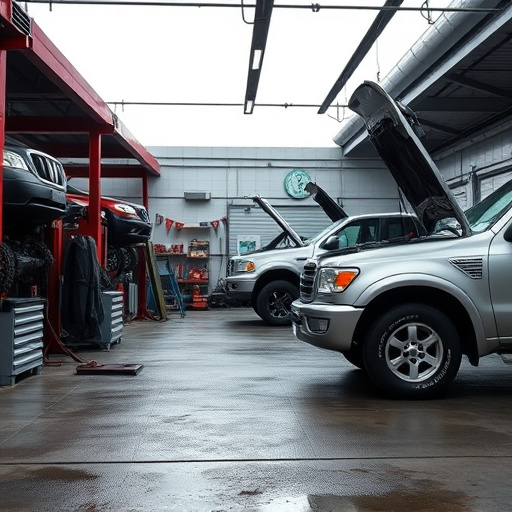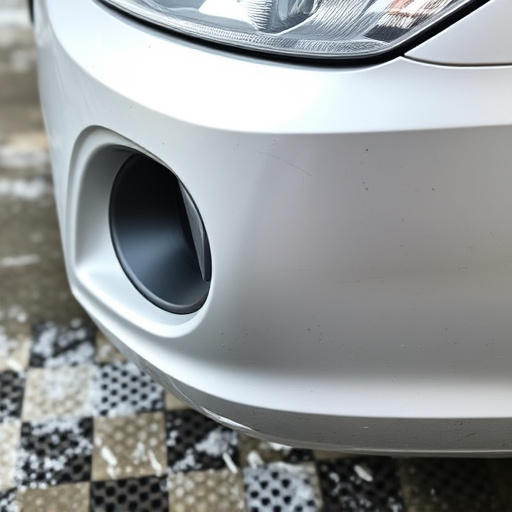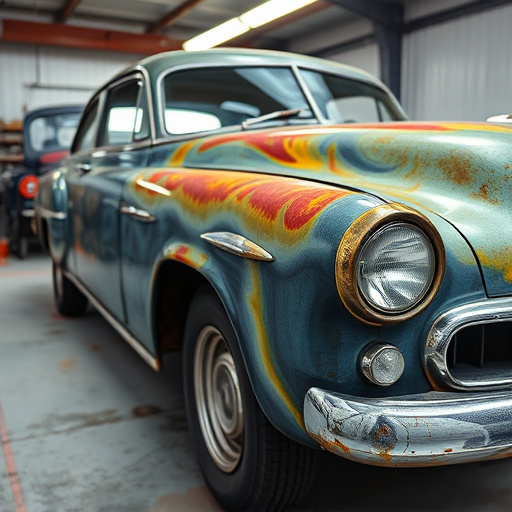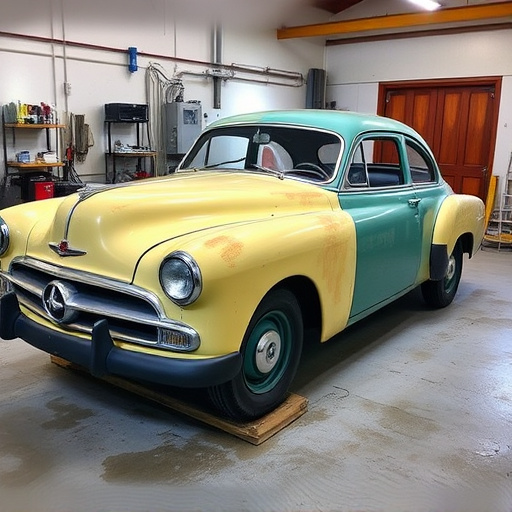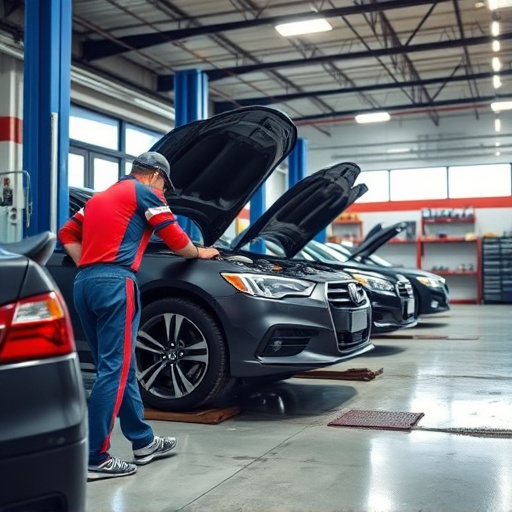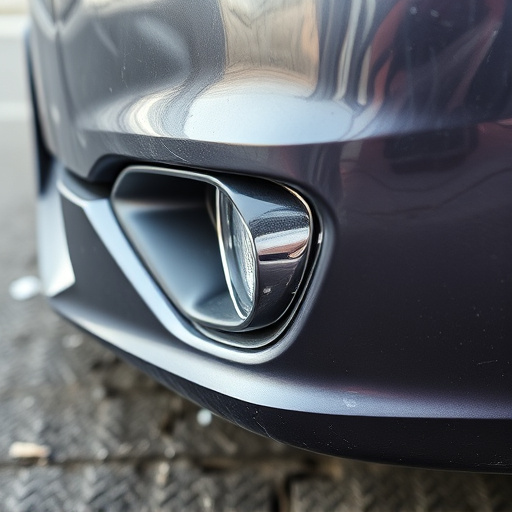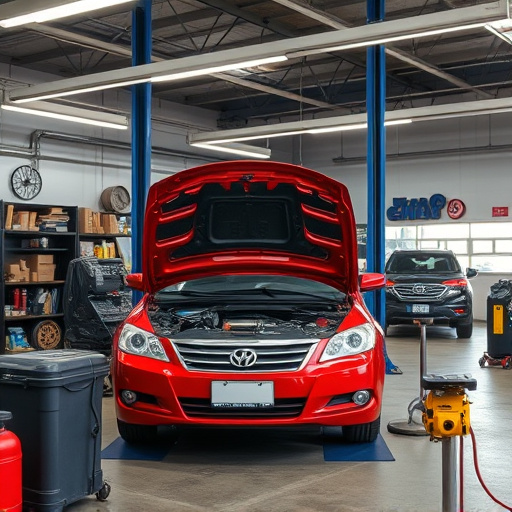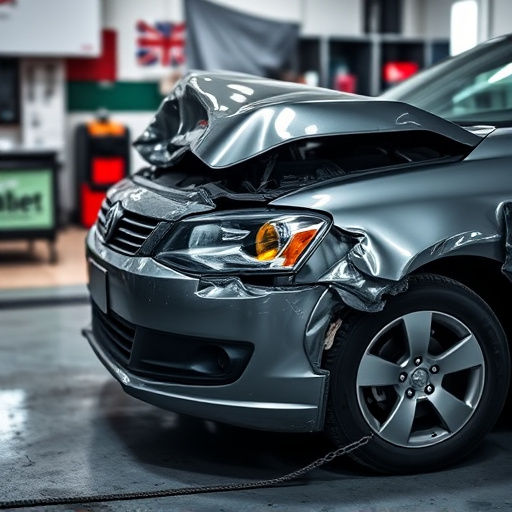The future of auto repairs is reshaped by 3D car scanning technology, offering unprecedented precision and efficiency. This innovative tool creates detailed digital models, enhancing detection of subtle dents and cracks, and simplifying parts sourcing. By providing comprehensive insights into every vehicle component, it accelerates repairs, reduces costs, and ensures vehicles are restored to their original state, setting new industry standards for accuracy in collision body shops.
The future of repairs is here with the integration of 3D car scanning technology. This innovative solution is revolutionizing the automotive industry by offering unprecedented precision and efficiency. By creating detailed digital models of vehicles, 3D scanning enables faster and more accurate damage assessment, repair planning, and part replacement. In this article, we explore how this cutting-edge technology is transforming repairs, enhancing quality, and addressing industry challenges.
- Revolutionizing Repairs: 3D Car Scanning's Role
- Enhancing Precision: The Technology Unveiled
- Transforming the Industry: Benefits and Challenges
Revolutionizing Repairs: 3D Car Scanning's Role
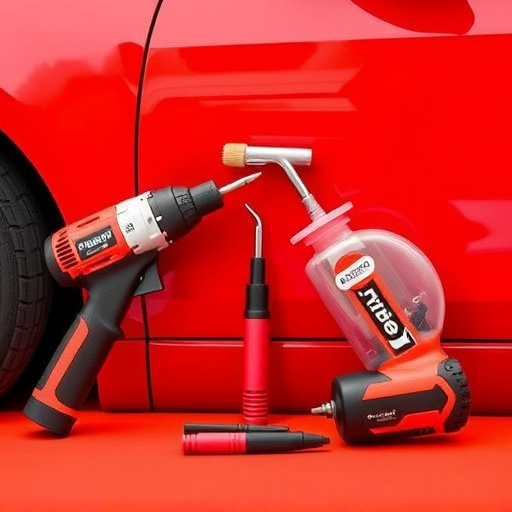
The integration of 3D car scanning technology is poised to revolutionize repairs across the automotive industry. This innovative process offers a new level of precision and efficiency, transforming traditional repair methods. By creating detailed digital models of vehicles, technicians gain access to an unparalleled view of every component, allowing for more accurate assessments and targeted fixes.
3D scanning technology plays a pivotal role in modernizing hail damage repair, vehicle collision repair, and even tire services. It enables repairs that are faster, more precise, and environmentally friendly. With the ability to capture intricate details, this technology ensures that every part of the vehicle is restored to its original state, enhancing safety and performance.
Enhancing Precision: The Technology Unveiled
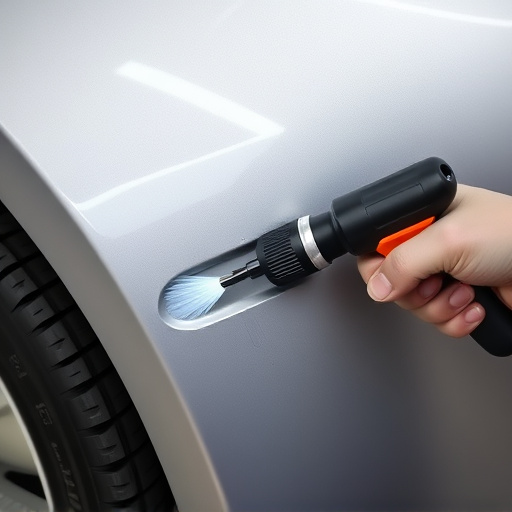
The future of repairs is here with the integration of cutting-edge 3D car scanning technology. This innovative tool is revolutionizing auto maintenance and collision repair services by offering unparalleled precision and efficiency. By creating detailed digital models of vehicles, this technology enables technicians to pinpoint issues with exactness, ensuring every component is accounted for.
The process involves scanning the car’s exterior and interior, capturing millions of data points in a short amount of time. This data is then converted into a 3D model, providing a comprehensive view of the vehicle’s structure. With this technology, even subtle dents or cracks that might go unnoticed during traditional inspections can be detected, making it ideal for hail damage repair. By having an accurate digital blueprint, mechanics can perform repairs with enhanced speed and accuracy, ultimately reducing costs and turnaround times for customers.
Transforming the Industry: Benefits and Challenges
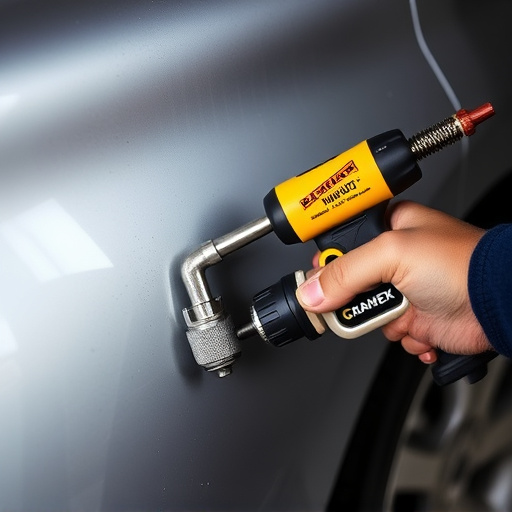
The integration of 3D car scanning technology is poised to revolutionize the automotive repair industry, bringing about significant changes in how vehicle restoration and car body repairs are executed. This advanced technology offers numerous benefits, including precise measurements, improved efficiency, and enhanced accuracy during the repair process. By capturing detailed 3D models of vehicles, car body shops can access an exhaustive digital record of every component, making it easier to source parts, identify defects, and ensure perfect alignments.
However, adopting this innovative technology also presents challenges. Initial investment in 3D scanning equipment and software can be substantial for smaller car body shops. Moreover, technicians need specialized training to operate the systems effectively. Despite these hurdles, the advantages of 3D car scanning technology are compelling, promising improved vehicle restoration outcomes and setting new standards for precision in the car body shop industry.
The integration of 3D car scanning technology promises a future where vehicle repairs are more precise, efficient, and accessible. By accurately capturing and analyzing car components, this innovative approach streamlines diagnostic processes, reduces costs, and enhances repair quality. However, navigating the challenges related to technology adoption, data security, and standardization will be crucial for fully realizing the potential of 3D scanning in revolutionizing the automotive industry.

